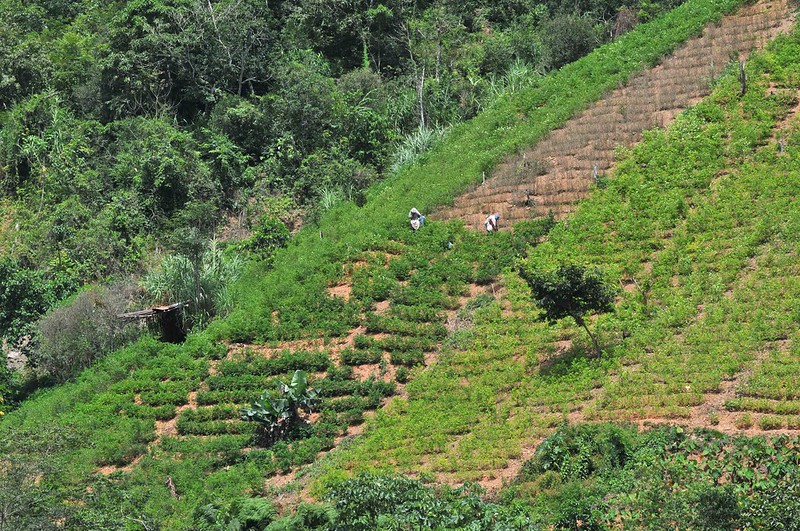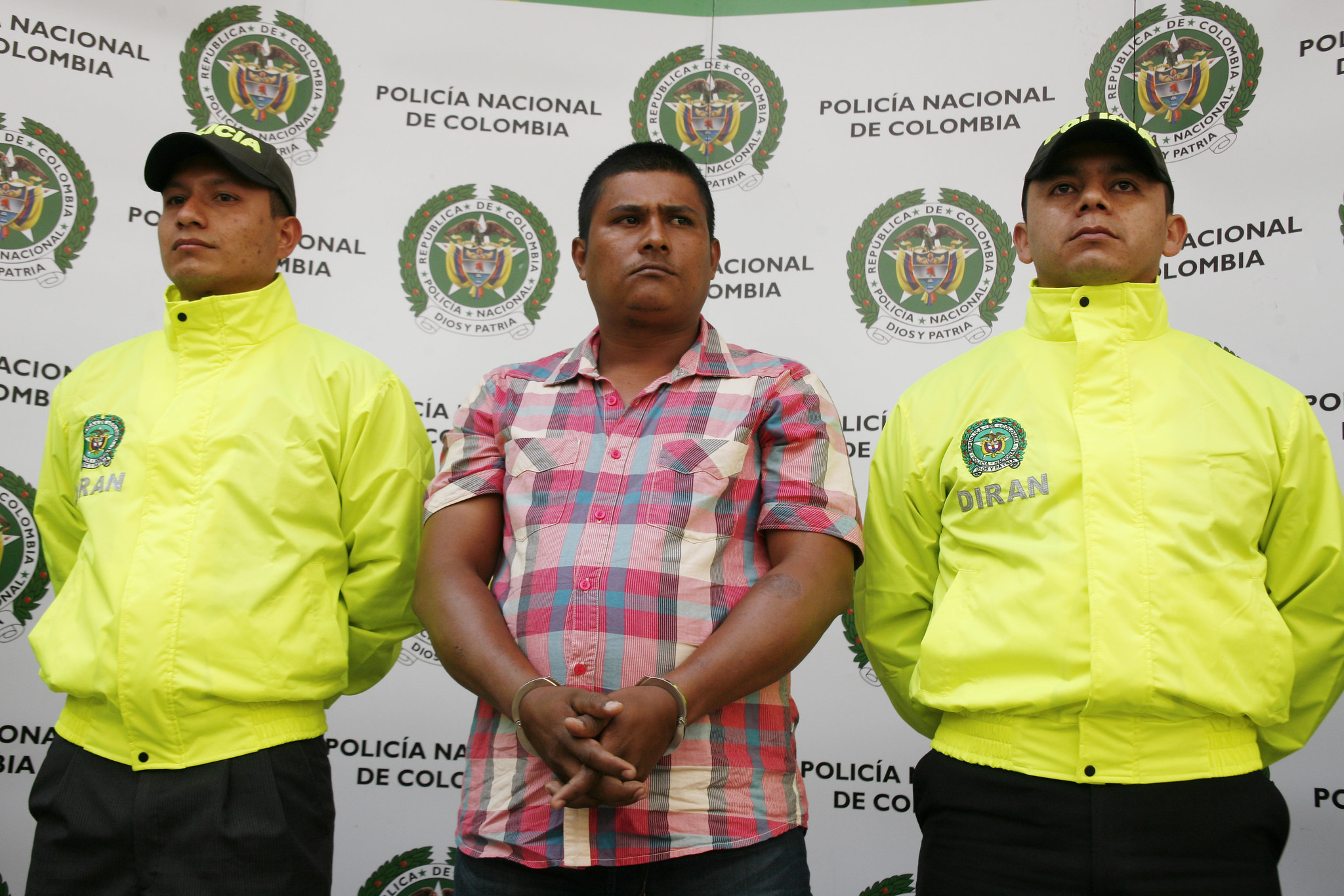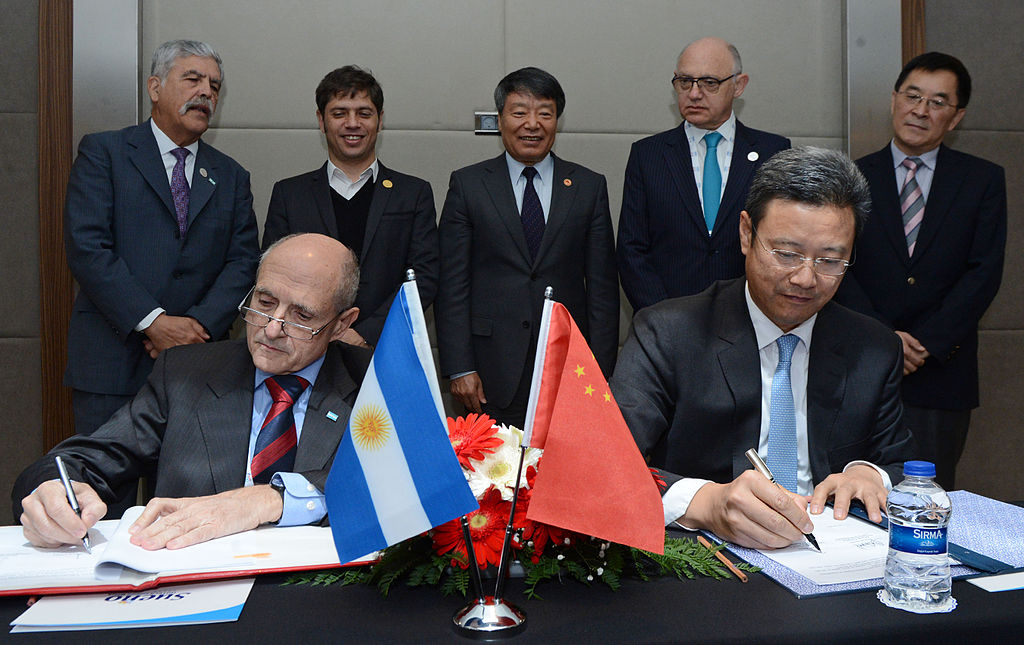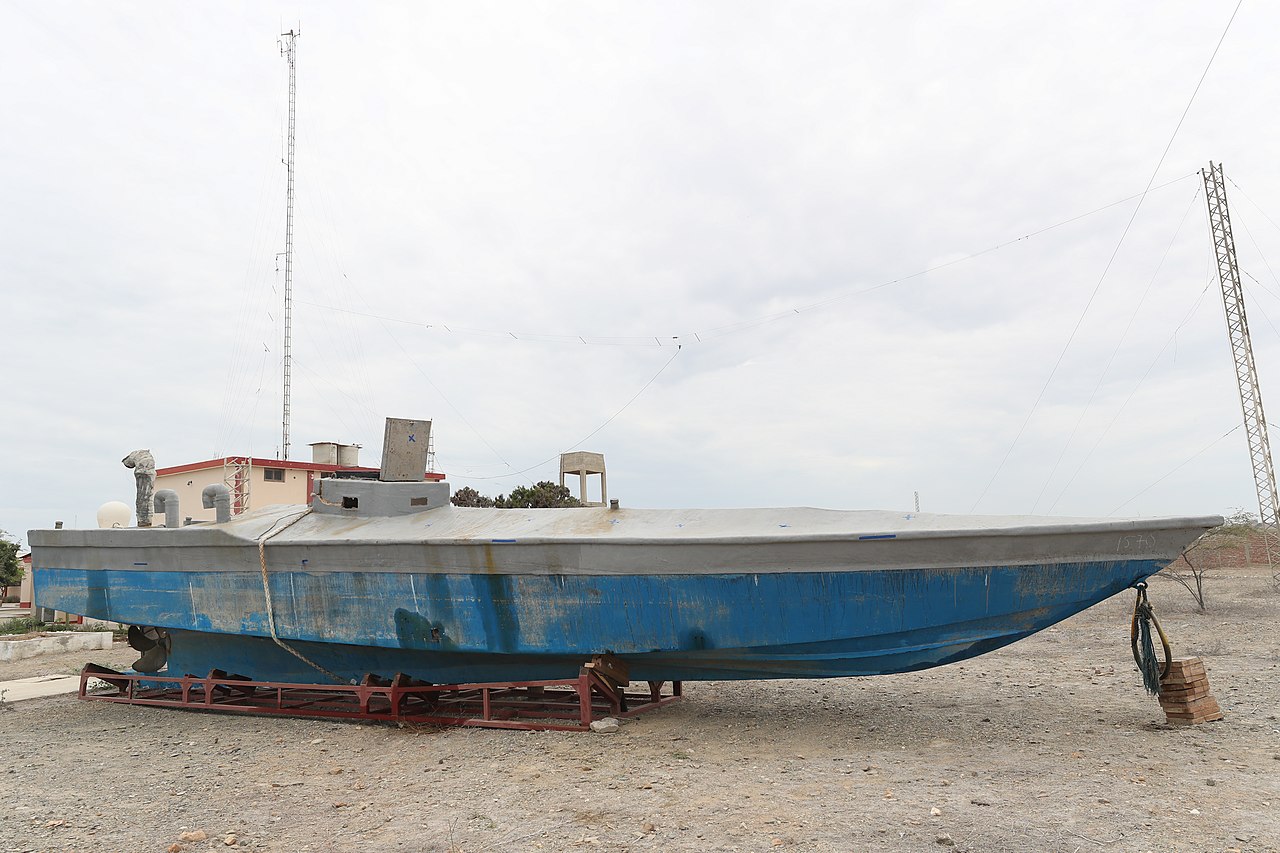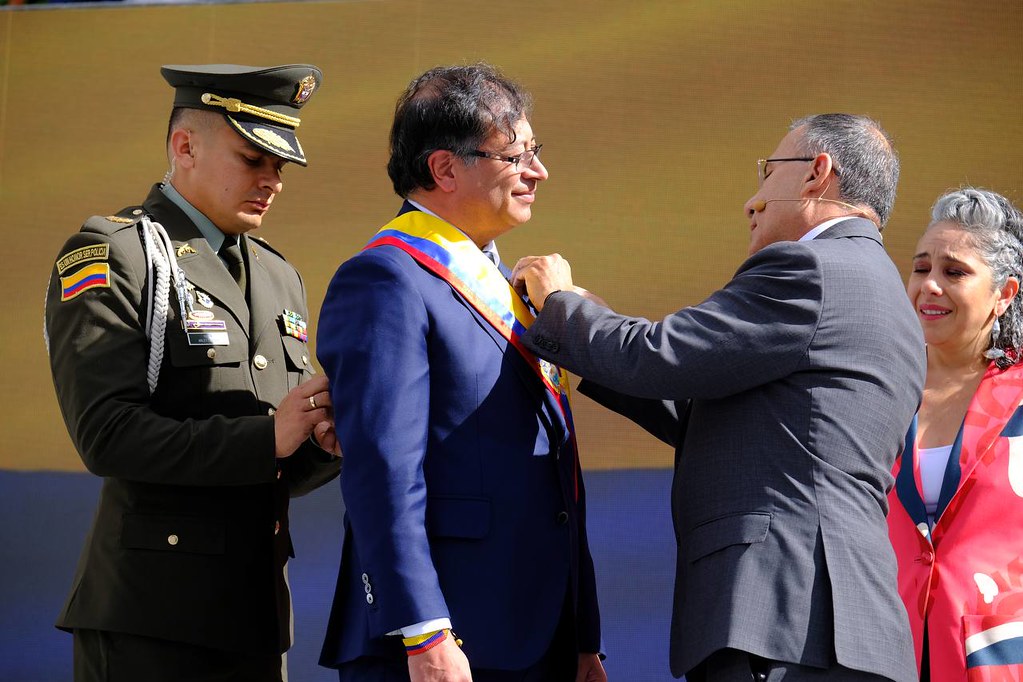
Senate President Roy Barreras at the inauguration ceremony of Colombian President Gustavo Petro.
“The president of the Congress, Roy Barreras, expressed his concern about the rumors that are gaining more strength every day and that are related to alleged charges that include Nicolás Petro and the efforts of drug traffickers to benefit from the “total peace” policy of President Gustavo Petro.”
Colombia’s President Gustavo Petro arrived in office in the summer of 2022 promising a radical change in the way the government deals with criminal organizations, touting a broad-based peace plan with the country’s remaining guerrilla groups. Petro calls his plan “Total Peace,” which seeks to end six decades of armed conflict that has left hundreds of thousands dead.[i] According to the excerpted article in Columbia’s major newspaper, El Tiempo, Columbia’s Attorney General has opened an investigation into Petro’s son, Nicolás, as well as the President’s brother, Juan Fernando, for alleged corruption related to the peace negotiations. The two men stand accused of accepting bribes from criminal organizations seeking to profit from the peace negotiations before they started. Columbia’s largest weekly, Semana, also reported that Roy Barreras, Colombia’s Senate president and a key ally of Petro’s, has asked the government to suspend the talks. Barreras’ support of Petro’s Total Peace plan is critical since reduced sentences to members of criminal organizations who surrender themselves, hand over earnings, and reveal drug trafficking routes cannot be granted without Colombia’s Congress first passing enabling legislation granting the authority to reduce sentences. The investigation of Petro’s son and brother, as well as Barreras’ apparent shift away from the Total Peace plan, cast serious doubt on Petro’s signature policy of achieving peace with guerrillas and criminal organizations, with which the government has already entered a ceasefire.
Sources:
“Procuraduría le abre investigación a Nicolás Petro por acusaciones sobre campaña (Attorney General opens investigation into Nicolás Petro for campaign accusations),” El Tiempo (the daily with the highest circulation in Colombia), 3 March 2023. https://www.eltiempo.com/justicia/investigacion/nicolas-petro-procuraduria-abre-investigacion-contra-hijo-del-presidente-747067
The ex-wife of Nicolás Petro assured in an interview…that President Petro’s eldest son allegedly received money from Santander Lopesierra, “El hombre Malboro” and Alfonso “El Turco Hilsaca,” both former defendants of Colombian justice, for the presidential campaign… According to the woman’s version, Petro’s son received them at his apartment in Barranquilla and there they gave him one billion pesos.
“Roy Barreras le pide al presidente Petro suspender cualquier tipo de diálogo con narcotraficantes (Roy Barreras asks President Petro to suspend any type of dialogue with drug traffickers),” Semana (the largest weekly magazine in Colombia), 6 March 2023. https://www.semana.com/politica/articulo/atencion-roy-barreras-le-pide-al-presidente-petro-suspender-cualquier-tipo-de-dialogo-con-narcotraficantes/202338/ The president of the Congress, Roy Barreras, expressed his concern about the rumors that are gaining more strength every day and that are related to alleged charges that include Nicolás Petro and the efforts of drug traffickers to benefit from the “total peace” policy of President Gustavo Petro. For this reason, Barreras asked the Colombian president to stop negotiations and thus any possibility that there are people who profit from peace…“I ask to suspend the official or unofficial negotiation dialogue with the drug traffickers, as it must be clear that they are not necessary,” he said.
Notes:
[i]For an understanding of the broad contours of Petro’s plan, see: Ryan Berg, “Colombia Deemphasizing Coca Eradication in Counterdrug Strategy,” OE Watch, 03-2023, https://community.apan.org/wg/tradoc-g2/fmso/m/oe-watch-articles-2-singular-format/437260; Ryan Berg, “Colombia’s Congress Authorizes “Total Peace” Negotiation With Guerrilla and Criminal Groups,” OE Watch, 01-2023, https://community.apan.org/wg/tradoc-g2/fmso/m/oe-watch-articles-2-singular-format/434199
Image Information:
Image: Senate President Roy Barreras at the inauguration ceremony of Colombian President Gustavo Petro
Source: https://www.flickr.com/photos/142236467@N07/52274493713
Attribution: Flickr, CC BY 2.0

